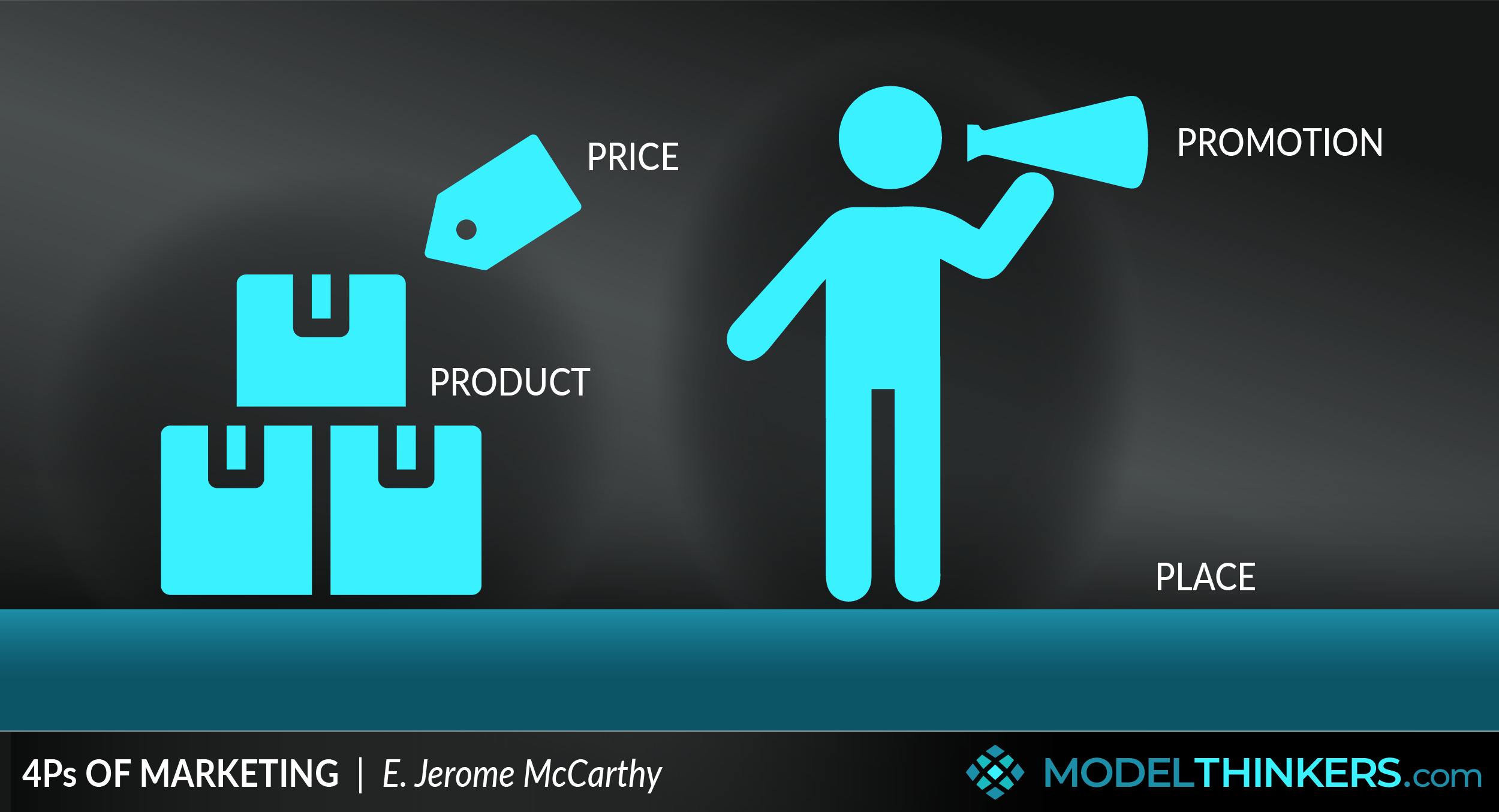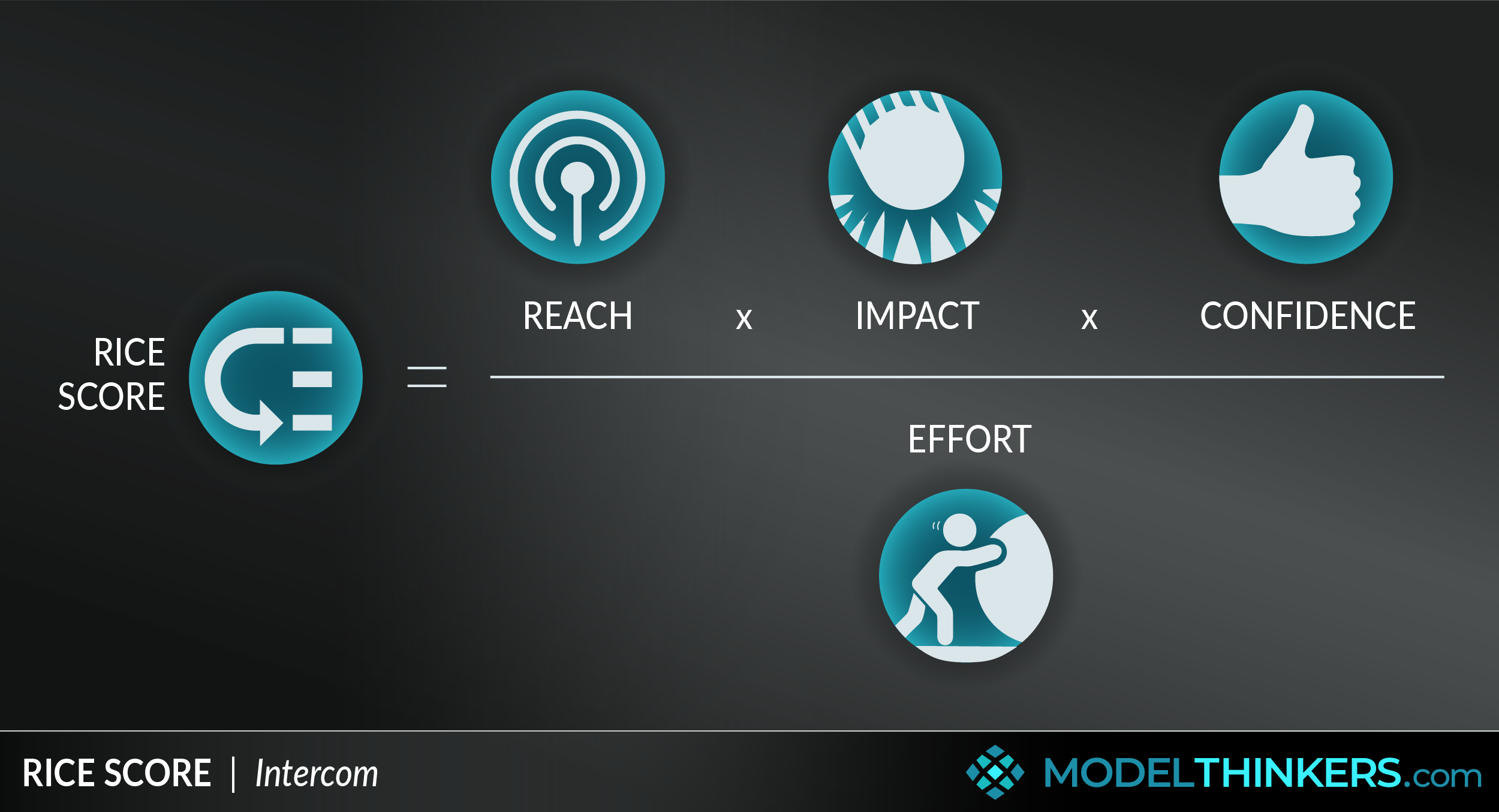In our agile, complex world, no matter what your role or what you're being tasked to deliver, you will likely need to incorporate more techniques from product design moving forward.
This oft ill-defined role is growing in popularity, and typically combines capabilities in technology, UX design, Business Analysis, Marketing and more. Yes, that is a lot! And a lot is expected from product designers who are being challenged to uncover customer needs, navigate business goals, understand market trends, and lead teams to design commercially viable products.
Think about the work you're doing now — and consider your outputs as a 'product'. How can you incorporate these broad product designer skills to deliver improved customer experiences in a way that also delivers business value? This Playbook won't deliver on all your needs, but it's a strong starting point for what is a complex and broad domain.
ANSWER THE RIGHT QUESTION
One of the key challenges for Product Designers is ensuring they are addressing problems and pain points that matter.

Rather than responding to the question as defined by your stakeholders / management — take a moment to question the question and ensure you're on the right track.

You had to expect this one here right? Click through to explore the other models wrapped into this human-centric approach to innovation.

Part of human-centered design approach, Personas combine well with Empathy Maps and Journey Maps to better understand your audience needs.

Not convinced about Personas? Use this approach as an alternative or in combination.

This simple way to capture your Value Proposition is essentially a way to state your product hypothesis — the current belief you have about the problem you're solving for that is at the heart of your work.
UNDERSTAND THE MARKET
You're not releasing your products in a vacuum, explore and analyse the competition using these approaches.

Rather than rely on impressions, use this classic management accounting model to analyse the competition and market forces.

Have a line of products or offers to consider? Then this BCG framework might be the way to analyse and prioritise them.

A simple but fundamental marketing model to ensure you're thinking towards how your product will fit into the market.
DESIGN & ITERATE.
Start building, experimenting, and learning.

You're going to fail. Any product development and innovation makes that inevitable — so fail smart, fail fast, and use it to learn more.

Obama's Chief Data Scientist's project principles is a great reminder to keep delivering and iterating value.

Musk's approach to innovating rocket ship design can be applied more broadly.

You're going to have to Prototype and experiment your way forward.

Want to create a business case and/or have a better understanding of the impact of your work? Then Split Test.

Eric Ries' Lean Startup model provides a way forward for startups and product design alike.

The MVP is at the heart of most product designers work these days, and is featured in the Lean Startup.

Before you totally commit to MVP, take a moment to consider its distant cousin — the RAT.
PRIORITISE
Part of the art of Product Design is choosing what you don't do and where you invest your resources as a result.

You're not just prioritising to get work done, you're simplifying the customer experience. Remember that less is often more.

A powerful approach to work with teams often implemented as part of Agile Methodology.

A great way to gather requirements for a product.

Finding the sweet spot for your product and your investment in it can be hard. This model can help.

A popular model with Product Designers to explore priorities and choose the way forward.

A simpler approach than RICE that can act as your daily guide.
from Hacker News https://ift.tt/3F0XT7E
No comments:
Post a Comment
Note: Only a member of this blog may post a comment.